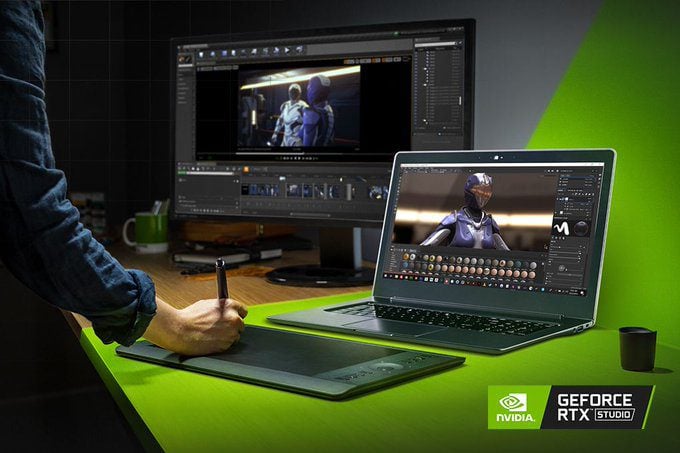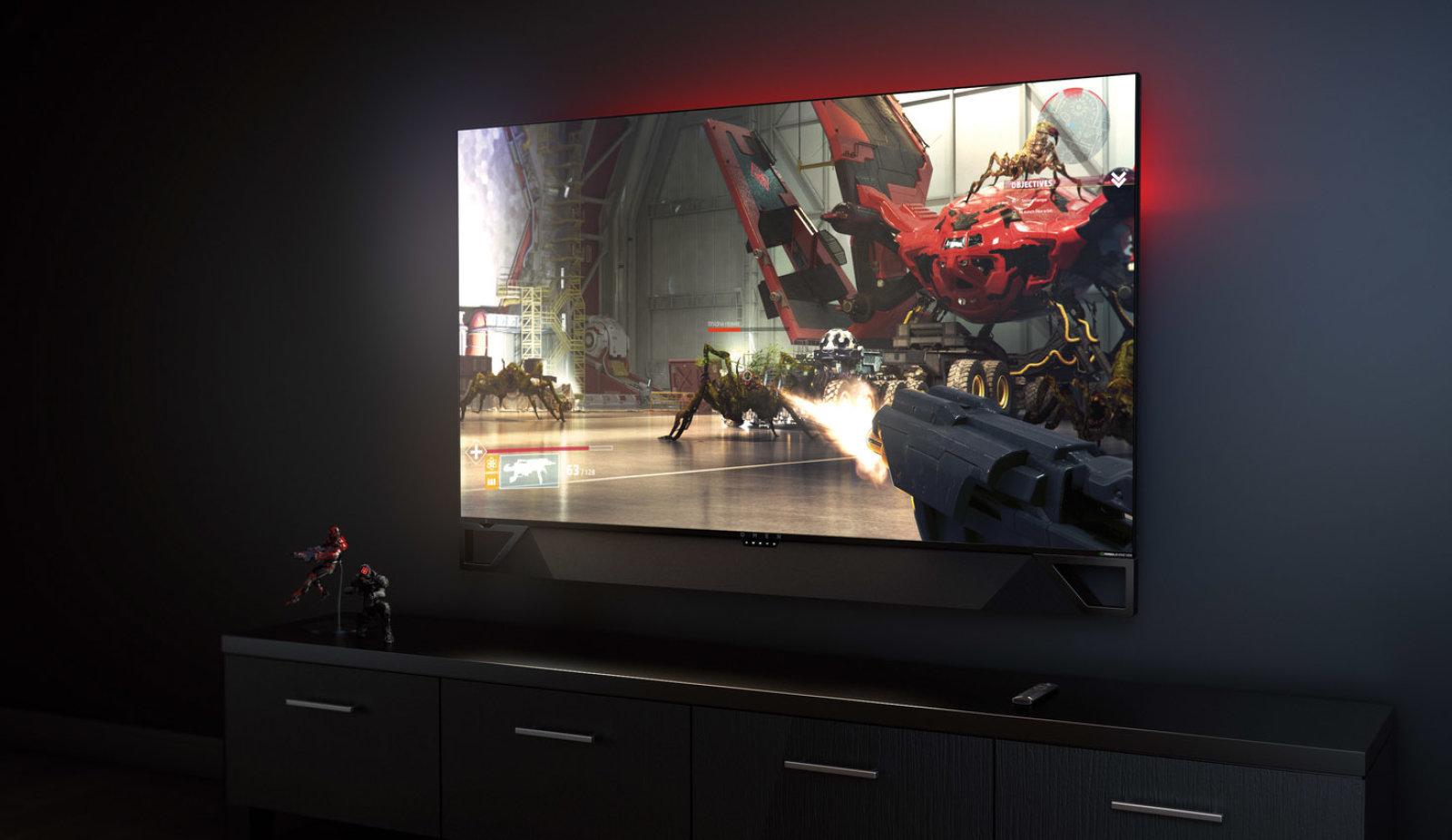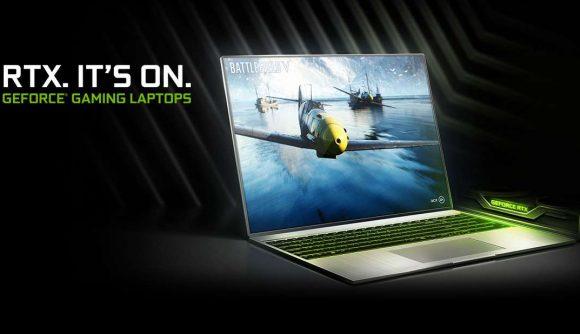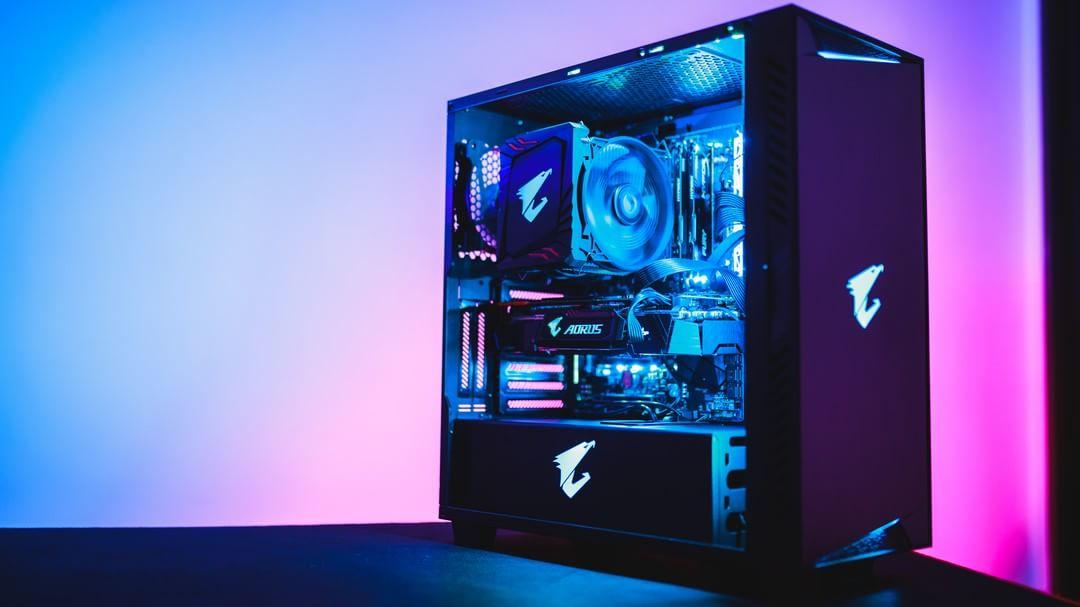NVIDIA RTX
NVIDIA introduces RTX Laptops with Studio Program for creators
At the Computex 2019, we are seeing companies taking the stage to introduce new products and technologies for us in the coming days for...
MSI brings new gaming laptops with RTX graphics to India
In search of a gaming laptop with Ray Tracing? MSI brings its new range of gaming laptops with Ray Tracing support to India starting...
NVIDIA brings new G-SYNC Ultimate, now support for FreeSync monitors
NVIDIA rebrands G-SYNC HDR as G-SYNC Ultimate, now G-SYNC will be available on FreeSync monitors as well
It has been years since one problem for...
NVIDIA GeForce RTX 20-series Max Q GPUs coming to laptops
Finally NVIDIA launches their power efficient GeForce RTX 20-series Max Q GPUs for the laptops that will enable Ray Tracing
At pre-CES 2019, NVIDIA made...
NVIDIA launches the new GeForce RTX 2060 at $349
After a lot of speculations, NVIDIA finally announces their RTX 2060 graphics with Ray Tracing at just $349
Graphics giant NVIDIA has just unveiled their...
Best Aorus built Custom Ryzen Gaming PC with RTX 2080
Need a premium gaming PC? Are you looking for a high-end Ryzen PC? Here we bring the best AORUS built Ryzen Gaming PC with...









